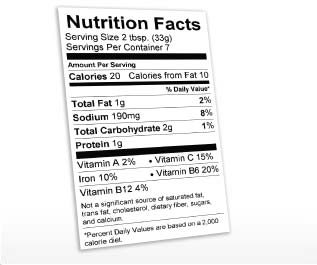Survey Shows Many Uninsured Adults are Not Aware of Subsidies, Medicaid Expansion
Nearly four in 10 uninsured adults in the United States-39.3 percent-expect to have health insurance in 2014, according to the Health Reform Monitoring Survey. Researchers overseeing the survey say that this number could increase if more people who are eligible for either Medicaid or insurance premium subsidies are informed that they qualify for these benefits. The researchers also find that four in 10 adults who expect to remain uninsured think they will pay a penalty for not having coverage.
Nearly four in 10 uninsured adults in the United States-39.3 percent-expect to have health insurance in 2014, according to the Health Reform Monitoring Survey. Researchers overseeing the survey say that this number could increase if more people who are eligible for either Medicaid or insurance premium subsidies are informed that they qualify for these benefits. The researchers also find that four in 10 adults who expect to remain uninsured think they will pay a penalty for not having coverage.
The findings come from the Health Reform Monitoring Survey, conducted quarterly by Urban Institute researchers, with additional funding from the Robert Wood Johnson Foundation and the Ford Foundation.






